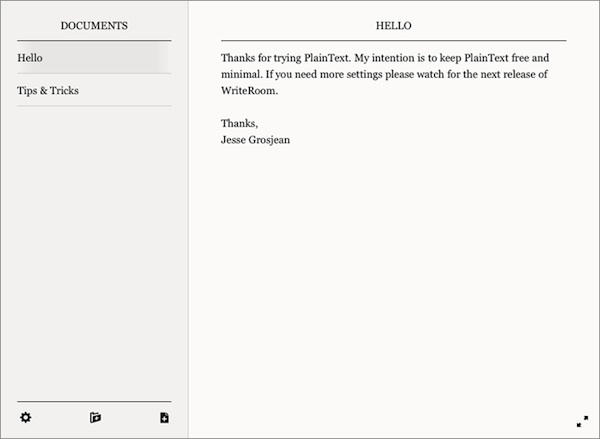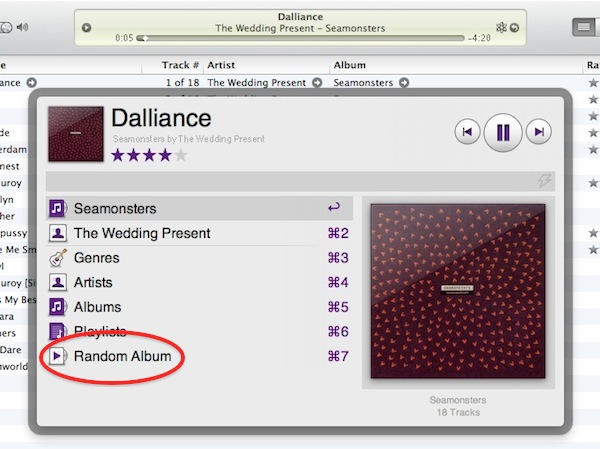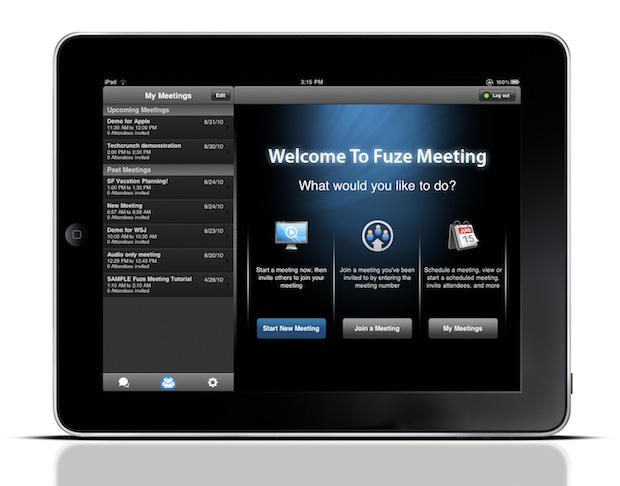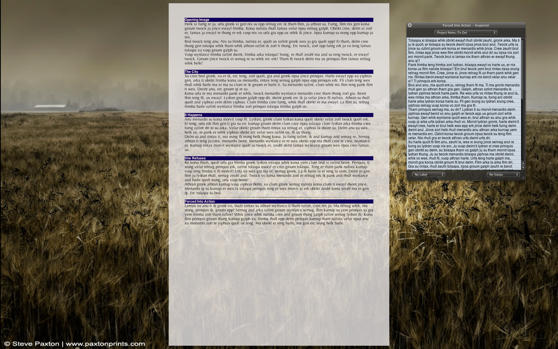Yesterday, Skype 5.0 dropped onto the PC for Windows users, bringing Facebook integration and group video calling into the mix. That update is not yet available for the Mac, but according to a post on Skype’s official blog, a new version of the popular VoIP application is coming to OS X soon.
I’m worried, though. In the blog post, Skype alarmingly mentions a “complete overhaul, both in terms of the way it looks, and in terms of functionality.”
Look, Skype isn’t a very well designed app by Mac standards, I agree… but have you ever seen the absolutely unidentifiable puddle of mashed up design elements that comprises the Windows interface? If you’ve got a minute, I’ve got an anecdote that might help describe it if you haven’t.

![[Gallery]: From Ecsher to Fractals, Magical Mystery Tours on Apple Mobile Apps background_escher](https://www.cultofmac.com/wp-content/uploads/2010/10/background_escher.jpg)

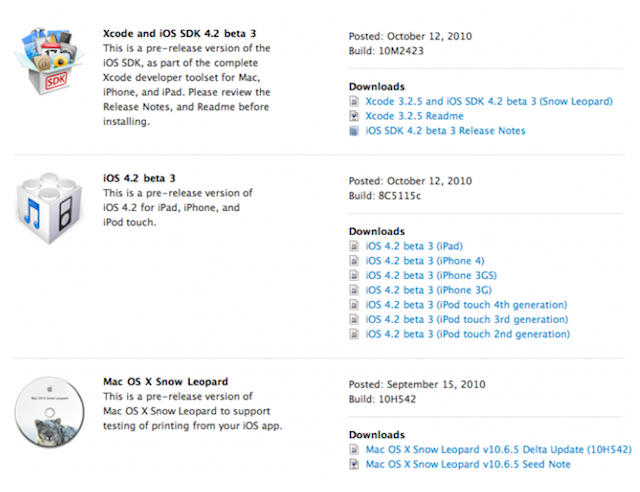


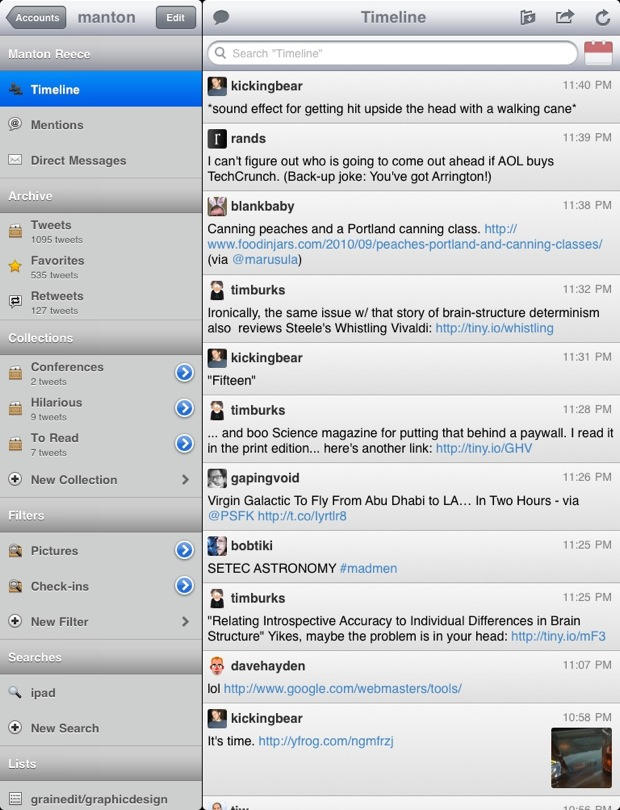
![Sparrow Email App Beta for Desktop [Review] 20101005-sparrow.jpg](https://www.cultofmac.com/wp-content/uploads/2010/10/20101005-sparrow.jpg)
![Handy Mobile Lawsuit Flow Chart [Graphic] post-61882-image-1c1a2b532f3a93a27450a7595f3d6a04-jpg](https://www.cultofmac.com/wp-content/uploads/2010/10/post-61882-image-1c1a2b532f3a93a27450a7595f3d6a04.jpg)
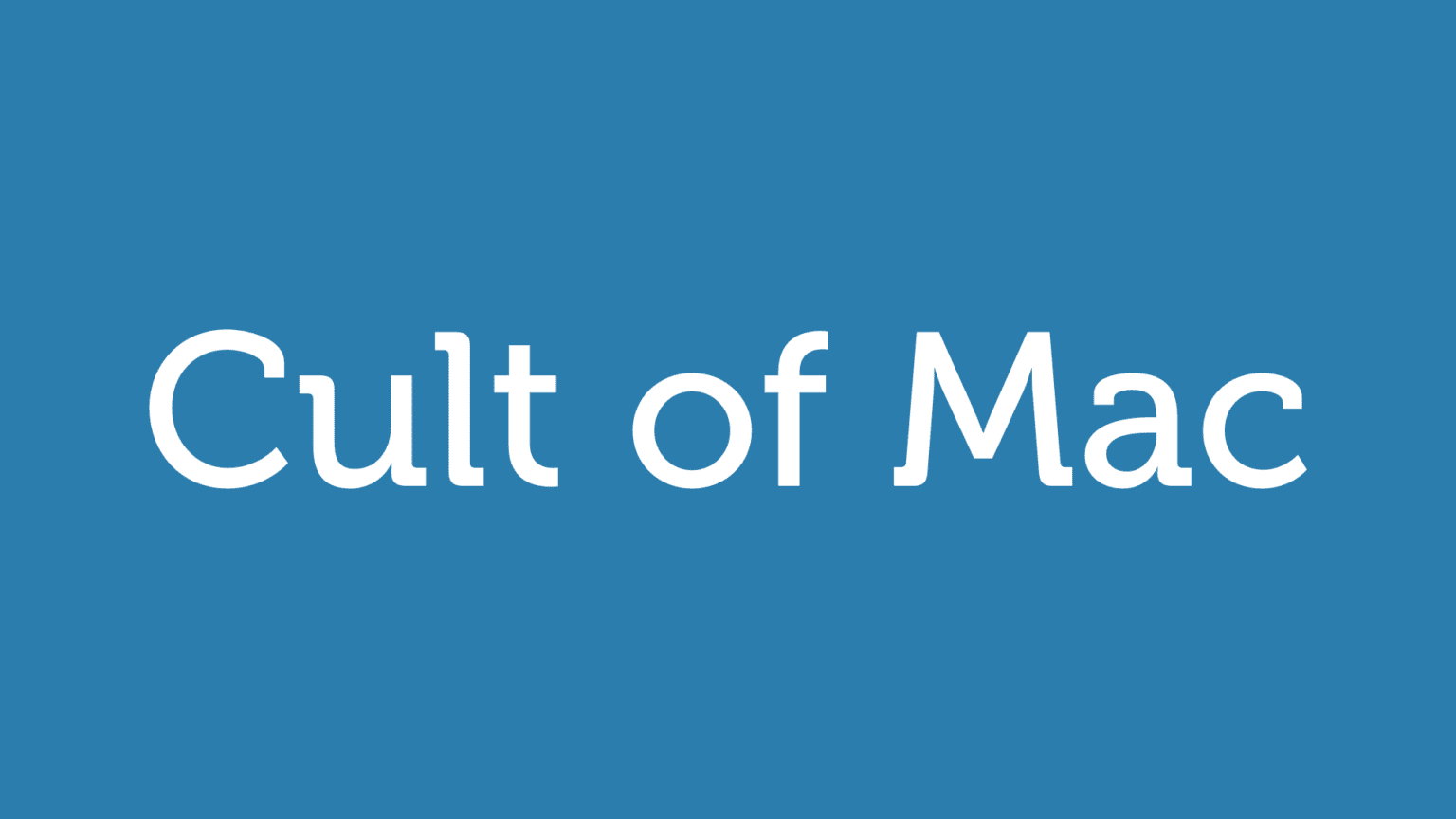

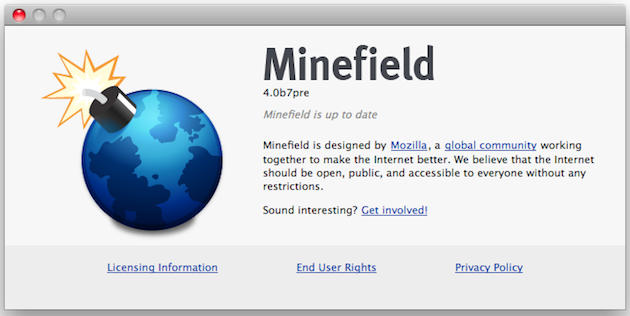
![From Camino To Safari And Back Again [Opinion] 20101001-caminotweet.jpg](https://www.cultofmac.com/wp-content/uploads/2010/10/20101001-caminotweet.jpg)

![Use Your Mac to Copy Your Old DVDs & Burn Them to Disc [How To] Screen shot 2010-09-20 at 9.37.39 PM](https://www.cultofmac.com/wp-content/uploads/2010/09/Screen-shot-2010-09-20-at-9.37.39-PM.png)
